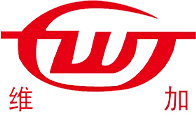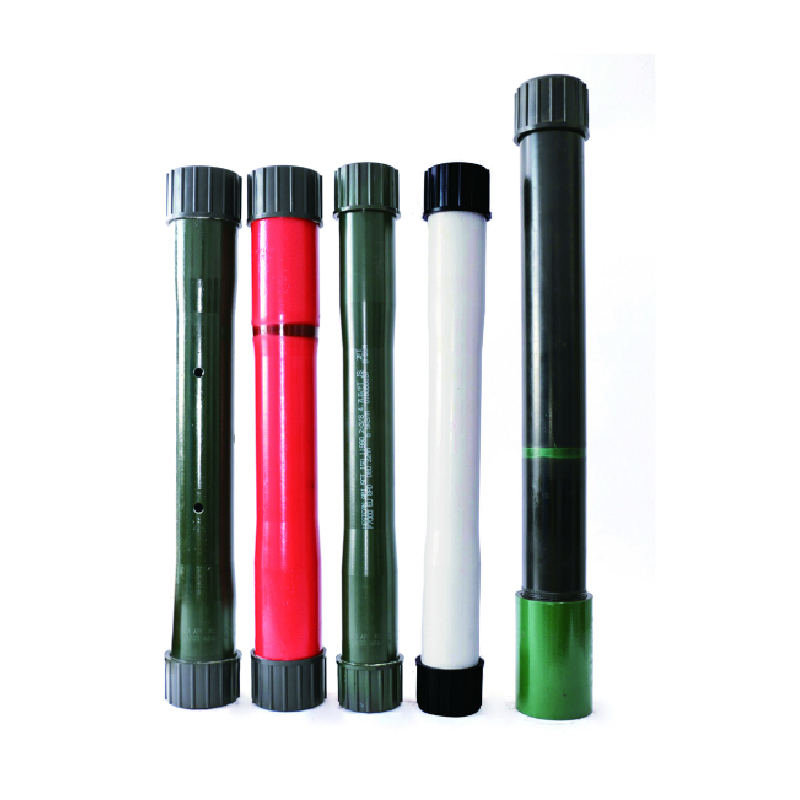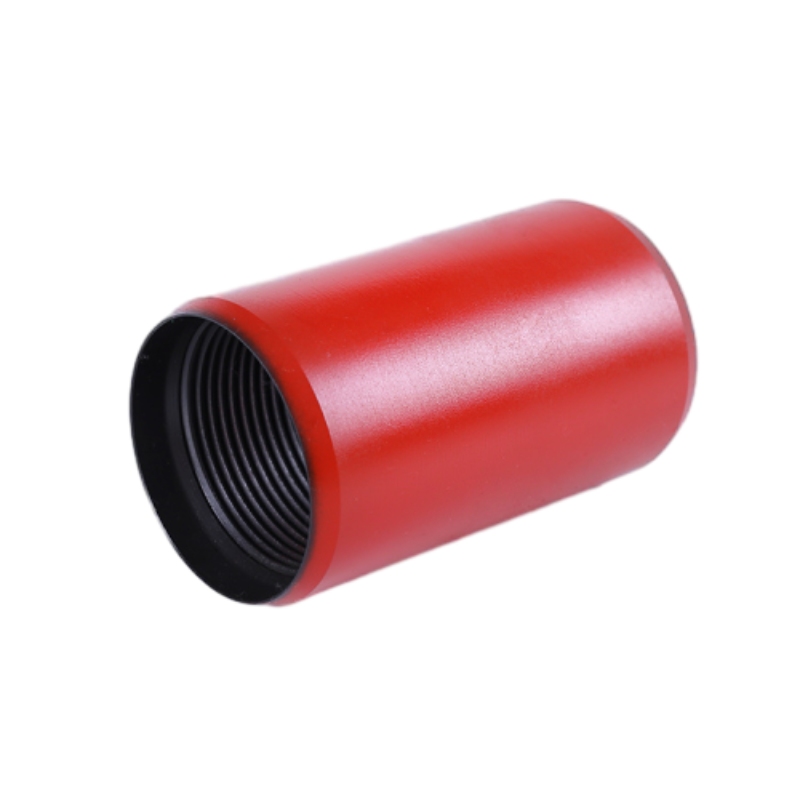Tubing Pup Joints-Hengshui Weijia|Oil and Gas Equipment, API 5CT Compliance
Tubing pup joints are critical components in the oil and gas industry, serving as connectors between sections of tubing to ensure seamless fluid flow from reservoirs to the surface. These joints are engineered to withstand high pressures and provide flexibility, making them indispensable in maintaining operational efficiency. This article explores the functions, advantages, technical specifications, applications, and company background of tubing pup joints, with a focus on Hengshui Weijia Petroleum Equipment Manufacturing Co., Ltd..

Image: Tubing pup joints designed for oil and gas applications.
Product Overview
Tubing pup joints are short lengths of tubing used to connect, adjust, or isolate sections of a wellbore. They play a pivotal role in optimizing well performance by enabling efficient fluid transportation and preventing leaks. These joints are available in various sizes and configurations, including perforated designs that allow for controlled fluid flow and filtration of sand or solid particles. This versatility makes them suitable for a wide range of operational needs in the oil and gas sector.
One of the key features of tubing pup joints is their compliance with industry standards such as API 5CT, which sets guidelines for the manufacturing and testing of tubular goods. This standard ensures the quality, reliability, and safety of these components, making them trusted solutions for operators worldwide.
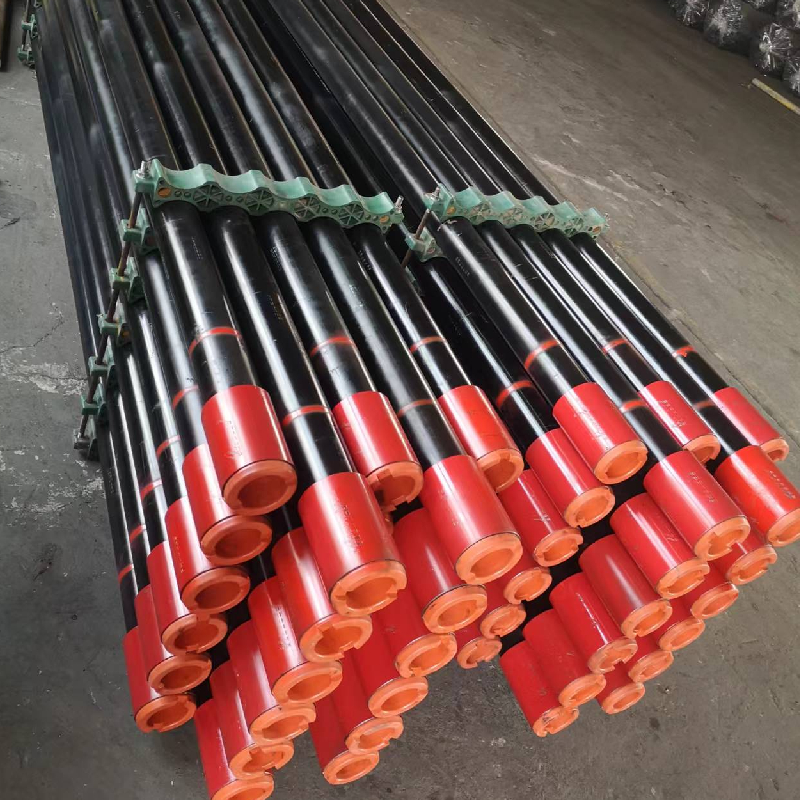
Image: Pup joint manufacturers like Hengshui Weijia Petroleum Equipment Manufacturing Co., Ltd.
Technical Specifications
The following table summarizes the technical specifications of tubing pup joints, highlighting their key parameters:
| Parameter | Description |
|---|---|
| Material | High-strength carbon steel or alloy steel |
| Pressure Rating | Up to 10,000 psi (depending on size and design) |
| Dimensions | Available in various diameters (e.g., 2.375", 2.875", 3.5") |
| Standards Compliance | API 5CT, ISO 11960, and other international standards |
| Surface Treatment | Galvanized or coated for corrosion resistance |
| Perforation Options | Customizable holes for fluid filtration and flow control |
Key Features and Advantages
Tubing pup joints offer several advantages that make them essential in oil and gas operations:
- Flexibility and Adaptability: They can be easily installed, removed, or adjusted to accommodate changing well conditions.
- Pressure Resistance: Engineered to withstand extreme pressures, ensuring safe and efficient fluid transportation.
- Leak Prevention: Tight seals prevent production loss and environmental contamination.
- Cost-Effective Solutions: Reducing downtime and maintenance costs through durable, long-lasting designs.
- Customization: Perforated versions allow for tailored fluid flow, enhancing operational efficiency.
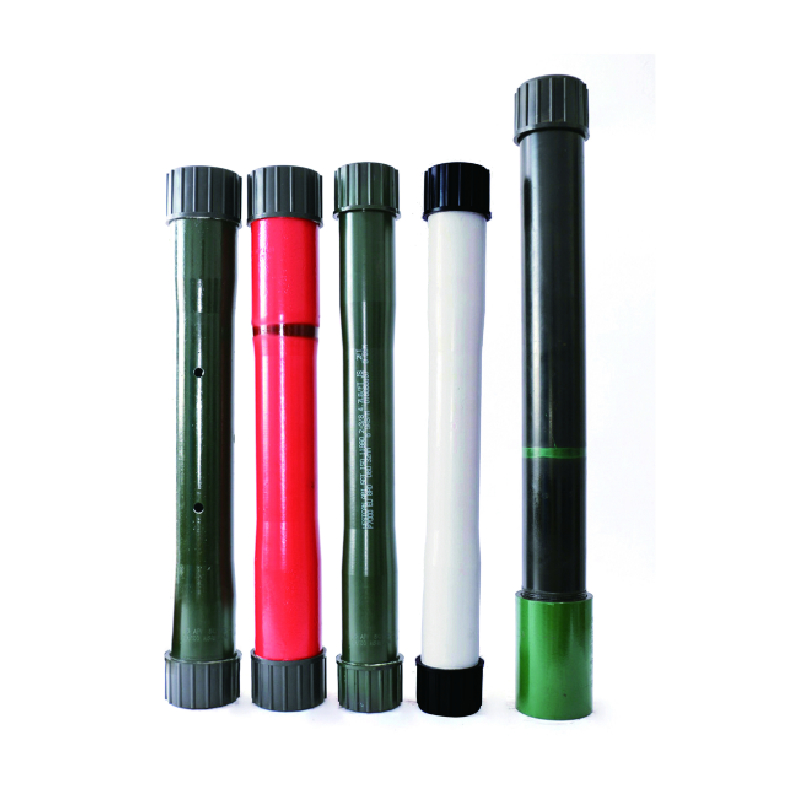
Image: Tubing pup joints in oil and gas applications.
Applications in the Oil and Gas Industry
Tubing pup joints are utilized in various scenarios, including:
- Well Completion: Connecting tubing strings to production equipment, ensuring a secure flow path.
- Fluid Management: Perforated joints help filter sand and solids, preventing blockages in downstream systems.
- Well Maintenance: Facilitating the isolation of specific sections for repair or modification without disrupting the entire well.
- Enhanced Production: Optimizing fluid flow to maximize resource extraction efficiency.
According to the National Institute of Standards and Technology (NIST), standards like API 5CT are critical for ensuring the performance and safety of tubular goods in extreme environments. This aligns with the rigorous requirements of the oil and gas industry, where reliability is paramount.
Company Background: Hengshui Weijia Petroleum Equipment Manufacturing Co., Ltd.
Hengshui Weijia Petroleum Equipment Manufacturing Co., Ltd. is a leading manufacturer of oil and gas equipment, specializing in pup joint manufacturers and related components. With a focus on innovation and quality, the company adheres to international standards to deliver products that meet the demanding needs of global operators.
As a pup joint oil and gas supplier, Hengshui Weijia provides customized solutions tailored to specific operational requirements. Their commitment to excellence is reflected in their advanced manufacturing processes and rigorous quality control measures.
For more information about their products, visit the Tubing Pup Joint Product Page.
Conclusion
Tubing pup joints are vital to the success of oil and gas operations, offering a combination of flexibility, durability, and precision. Their ability to adapt to diverse well conditions and enhance production efficiency makes them an essential component in modern drilling and extraction processes. Companies like Hengshui Weijia Petroleum Equipment Manufacturing Co., Ltd. continue to drive innovation in this field, ensuring that operators have access to reliable and high-performance solutions.
By adhering to industry standards such as API 5CT and leveraging advanced technologies, tubing pup joints set the benchmark for quality and safety in the oil and gas sector. As the demand for energy continues to grow, these components will remain at the forefront of technological advancements, supporting sustainable and efficient resource extraction.
References
National Institute of Standards and Technology (NIST). (n.d.). Retrieved from https://www.nist.gov/
-
Tubing Crossover - API Compatible, Custom Sizes, In StockNewsNov.10,2025
-
Tubing Coupling | High-Strength, Leak-Proof Steel CouplingsNewsNov.10,2025
-
Wholesale API Threading Casing Coupling | API 5CT, Fast ShipNewsNov.10,2025
-
Pup Joint Supplier | API Certified, Custom, Quick ShipNewsNov.10,2025
-
Pup Joint Manufacturers | Precision Machined, Fast DeliveryNewsNov.10,2025
-
Tubing Coupling | Precision Steel, Leak-Proof, Fast DeliveryNewsNov.03,2025
